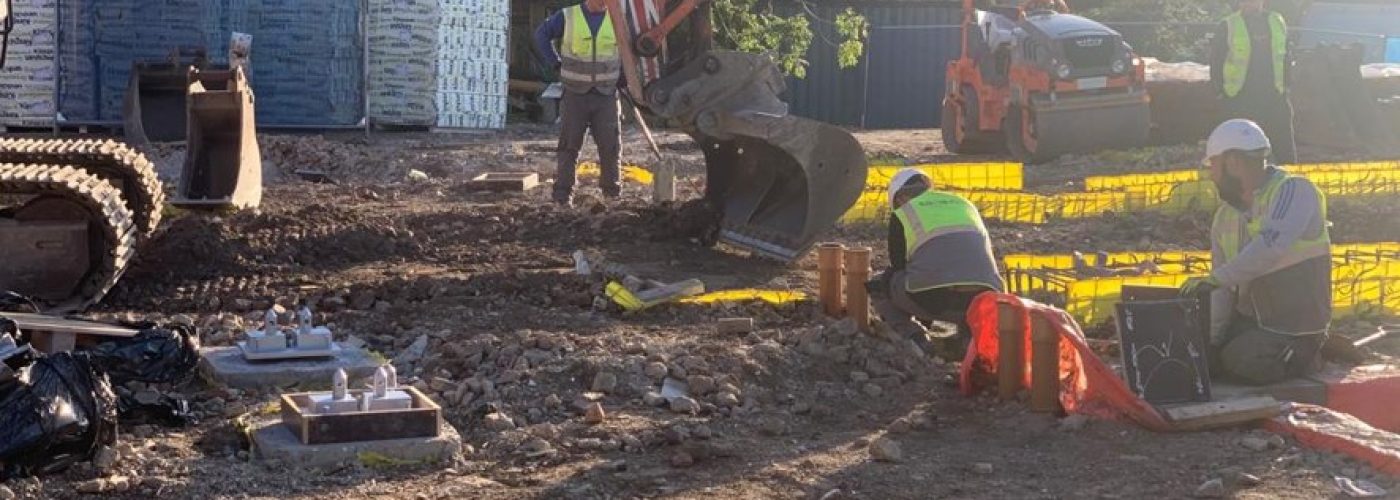When delivering a successful construction project there are some fundamentals to follow to ensure the smooth running of the project, that is no different when using Modular Construction. Stelling Properties believe there are three core principles that will deliver smooth modular projects.
- Early engagement of the design team
- Bring factory precision to onsite works
- Greater collaboration and communication across the project team
1. Early engagement of the design team.
When using volumetric construction, the need for the early engagement of the design team cannot be over emphasized, due to the method of manufacture and construction there are important considerations regarding the scheme that require the expertise of design team and need to be decided early in the project.
The key considerations for design are:
- Ensuring the design delivers standardisation to maximise manufacturing performance and minimise waste whilst achieving the architectural ambitions.
- Performance specification
- Interfaces between foundations, central cores, existing buildings.
- Structural loadings
- Fire compliance
- Installation prioritisation
- Thermal performance of the modules
- Façade and air permeability
- Services and connections
- Ventilation
- Overheating
2. Bringing Factory Precision to Onsite Works
The manufacturing process for the volumetric modules will work to tolerances that are not normally achieved in the traditional construction industry, in many cases the modules are built to a +/- 2mm tolerance, as a result attention needs to be given to the interfaces with the modules and any structures that are a part of the project, for example foundations, central building cores, connections to existing buildings or large communal areas.
Investing time and effort in setting out to ensure that the interface surfaces meet the same exacting standards is key to preventing construction issues later in the project as the volumetric modules are installed.
The key considerations in the construction stage of a volumetric construction project are:
- The precision required at the interfaces between the modules and the elements constructed onsite
- The logistics of transporting, unloading, and installing the modules on site, to maximise the efficiency of construction the modules should be lifted straight from the transport lorry to the final location.
- Crane lifting capacity, site location and jibbing configuration.
3. Communication
We all know communication is essential to every phase of any construction project. However, with over 80% of modular construction projects completed offsite the need for communication takes on greater importance. Therefore, it is important to establish a flow of communication with everyone on the ground — and every stakeholder and supplier in the plan. This transparency will make the process smoother and will reduce the number of emails, phone calls and project delays whenever a problem arises.
So, what are the best ways of ensuring a good communication flow amongst the stakeholders.
Establish Clear Lines of Communication
Early on in a construction project it is important to establish a clear line of communication and determine a chain of command.
Choose an Appropriate Method of Communication
There are numerous methods of communicating whether it be by phone, video, texting, or email.
A method of communication for specific tasks and information sharing should be established between all parties, it is then important that the chosen method of communication is then always used by all the stakeholders.
Listen
One of the key skills of good communication is the ability to listen, whether communicating verbally, face to face or by phone.
Be Clear and Concise
Understand the audience, and what the information they need, as when communicating in construction, it is important to make sure a message can be understood prior to sending it to the intended recipients.
Get these three important elements right and you will go a long way to delivering a successful modular construction project.





